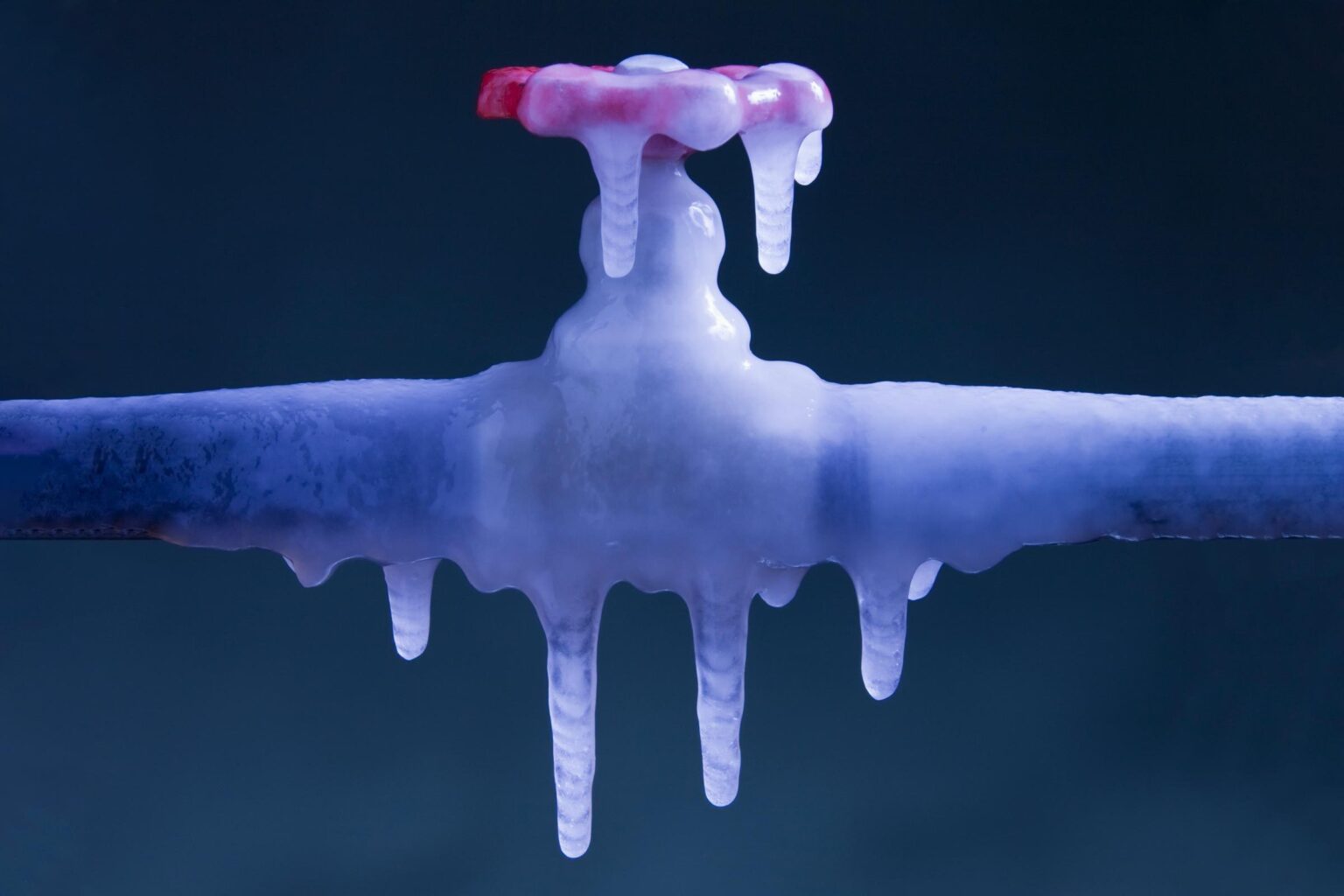Checking the Water Supply

The next step in troubleshooting your cold water issue is to examine the water supply itself. This involves checking the main water shut-off valve, the water pressure regulator, and the water meter for any potential problems.
Main Water Shut-Off Valve
The main water shut-off valve controls the flow of water into your house. It’s typically located near the water meter, often in a utility room or basement. If the valve is not fully open, it can restrict water flow to your bathroom faucet.
To check the main water shut-off valve, locate it and turn it counterclockwise to open it fully. If the valve is already open, try turning it off completely and then back on again to ensure it’s working properly.
Water Pressure Regulator
The water pressure regulator controls the amount of water pressure entering your house. It helps prevent excessive pressure that could damage your plumbing system. If the regulator is malfunctioning or set too low, it can reduce the water pressure to your bathroom faucet.
Potential Issues with Water Pressure Regulators
- Malfunctioning Regulator: The regulator may be worn out or damaged, preventing it from regulating the water pressure effectively.
- Setting Too Low: The regulator’s setting may be adjusted too low, resulting in insufficient water pressure throughout the house.
Water Meter
The water meter measures the amount of water used in your home. It can also help identify leaks in the water supply system. If the meter is running even when all water fixtures are turned off, it indicates a leak somewhere in the system.
Inspecting the Water Meter
- Check for Leaks: Look for any signs of water dripping or leaking from the meter itself or the pipes connected to it.
- Observe Meter Movement: When all water fixtures are turned off, the meter should not be moving. If it’s moving, it suggests a leak somewhere in the water supply system.
Water Pressure Regulator Types, No cold water coming out of bathroom faucet
| Type | Functionality |
|---|---|
| Diaphragm Regulator | Uses a diaphragm to control water pressure. This type is common in residential applications and is relatively inexpensive. |
| Piston Regulator | Employs a piston to regulate water pressure. These regulators are typically more durable and can handle higher pressure than diaphragm regulators. |
| Spring-Loaded Regulator | Utilizes a spring to control water pressure. These regulators are often used in commercial settings and can be customized to specific pressure requirements. |
Investigating the Plumbing System: No Cold Water Coming Out Of Bathroom Faucet

If the water supply to your bathroom faucet is fine, the issue might lie within the plumbing system itself. A range of problems can arise, from simple blockages to more complex issues like frozen pipes or leaks. Investigating the plumbing system is crucial to identify the root cause and implement the necessary repairs.
Identifying Potential Problems
A thorough inspection of the plumbing system can help pinpoint the source of the problem. Several factors could contribute to the lack of cold water coming out of your bathroom faucet.
- Frozen Pipes: In colder climates, pipes can freeze, especially during harsh winters. This can occur when the temperature drops below freezing, causing the water inside the pipes to expand and potentially burst.
- Broken Pipe: A broken pipe within the plumbing system can cause a complete or partial blockage of water flow. This can be due to corrosion, wear and tear, or even a physical impact.
- Leak in the Supply Line: A leak in the supply line that connects to the bathroom faucet can also restrict water flow. This leak could be caused by a crack, a loose connection, or a worn-out valve.
Using a Water Pressure Gauge
A water pressure gauge is a valuable tool for diagnosing plumbing problems. It measures the water pressure in your plumbing system, which can provide valuable insights into potential issues.
- Normal Water Pressure: The ideal water pressure for a residential plumbing system is between 40 and 60 pounds per square inch (psi).
- Low Water Pressure: Low water pressure, below 40 psi, can indicate a problem with the water supply or a blockage within the plumbing system.
- High Water Pressure: High water pressure, above 60 psi, can damage pipes and fixtures. It can also lead to leaks and water damage.
To use a water pressure gauge, connect it to an outdoor faucet. Turn on the water and note the reading on the gauge.
Locating and Repairing Leaks
Leaks in the plumbing system can be challenging to identify, especially if they are hidden within walls or under floors. However, several methods can be employed to locate leaks.
- Sound Detection: Listen carefully for any unusual sounds, such as dripping, hissing, or gurgling, which could indicate a leak.
- Visual Inspection: Inspect the plumbing system for any visible signs of leaks, such as dampness, water stains, or rust.
- Leak Detection Dye: Adding a leak detection dye to the water supply can help visualize leaks. The dye will travel through the plumbing system and highlight any leaks.
- Pressure Testing: Pressure testing the plumbing system can help identify leaks by increasing the water pressure and observing any pressure drops.
Pipe Materials
The type of pipe material used in your plumbing system can impact its longevity and performance. Various pipe materials are available, each with its advantages and disadvantages.
- Copper Pipes: Copper pipes are durable, resistant to corrosion, and offer excellent water quality. However, they can be expensive and susceptible to damage from freezing temperatures.
- PVC Pipes: PVC pipes are lightweight, affordable, and easy to install. They are resistant to corrosion and chemicals but are not as durable as copper pipes.
- PEX Pipes: PEX pipes are flexible, corrosion-resistant, and offer excellent thermal performance. They are a popular choice for modern plumbing systems but can be more expensive than PVC pipes.
